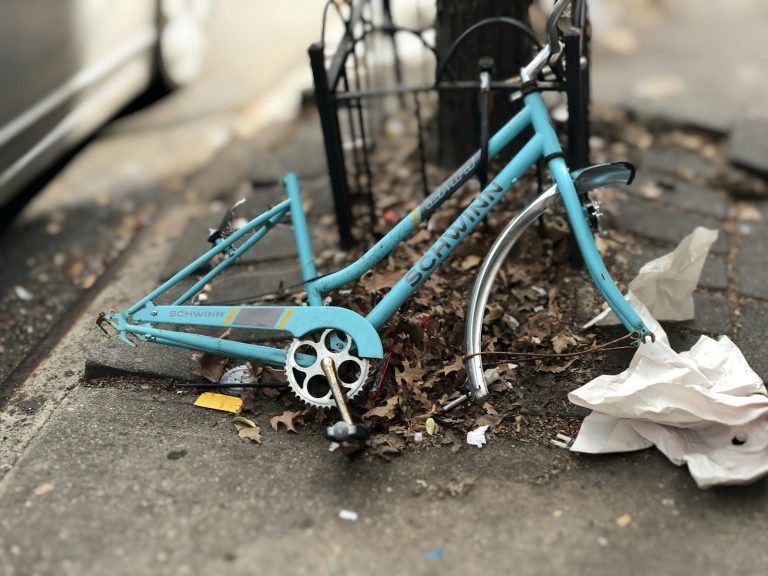The commercial junk removal industry helps businesses find simple ways to handle waste. When companies pile up unwanted materials, doing the work themselves might seem like a good, cheap option. DIY junk removal gives a sense of immediate control but often clashes with daily business needs, leading to overlooked problems.
If businesses choose to handle their own commercial junk removal, they must understand the risks involved. It’s not just about clearing items—project size, legal rules, safety concerns, environmental effects, and hidden costs all need careful thought. Knowing these details shows why hiring professionals can prevent headaches and keep things running smoothly.
The Hidden Challenges of Volume and Logistics
Underestimating the amount and type of junk is a common mistake for those managing removal on their own. Many misjudge how much material they have, leading to sorting and transport issues. Taking a disorganized approach wastes time, energy, and resources, leaving many overwhelmed by the task.
Large or specialized items, like furniture or electronics, bring extra challenges. These often need specific tools or skills that most people lack. Without the right preparation or equipment, what seems simple can turn into a big problem. Not knowing how to handle the workload can double the effort, reducing efficiency and slowing productivity.
Addressing Legal and Regulatory Challenges
Legal issues can arise quickly when businesses handle junk removal without knowing the rules. Local laws often have strict disposal guidelines for different types of waste, like general trash or hazardous materials. Breaking these rules can lead to fines or environmental damage. For instance, improper disposal of electronics can harm the environment and incur penalties.
Permits add another layer of complexity. Many cities require them for large-scale waste projects, especially if hazardous materials are involved. Without the correct permits, businesses risk legal trouble, fines, and harm to their reputation. Understanding these rules upfront can save money and keep businesses compliant.
Physical Risks and Safety Concerns
DIY junk removal can lead to injuries from lifting heavy or awkward items, such as large furniture or appliances. Without training in proper lifting techniques, people are more likely to get hurt, resulting in medical bills and downtime. Injuries can range from minor back strains to serious issues like herniated discs requiring long recovery times.
There’s also a risk from hazardous materials. Old paint, chemicals, and electronics can release harmful substances when disturbed. Without protective gear, such as gloves and masks, people might face respiratory problems or skin issues. These risks make safety measures essential for anyone tackling junk removal alone. Ignoring them can turn a simple task into a health hazard, raising the question of whether saving money is worth the potential cost.
Environmental Impacts of Improper Disposal
Improper waste disposal damages ecosystems. For example, businesses doing junk removal might skip sorting, leading to items like batteries or electronics ending up in landfills. This wastes valuable recyclable materials, increases landfill overflow, and releases harmful substances into the environment, potentially contaminating soil and water.
A lack of understanding about hazardous materials can worsen the problem. Items like batteries and chemicals require special handling. Without proper disposal, toxic substances can seep into soil and water, causing pollution. Sorting and assessing waste carefully allows businesses to waste responsibly, businesses can reduce these risks and support sustainability efforts.
Unanticipated Financial Burdens of DIY Efforts
DIY junk removal may seem cheaper at first, but unexpected costs often add up. For instance, renting a skid-steer loader for heavy waste can cost hundreds per day, especially if projects extend beyond schedule. Businesses must also consider fuel for transport, equipment maintenance, and damage fees, which can significantly increase overall expenses.
Landfill fees are another hidden expense. Many areas charge based on the type and weight of waste, which can escalate without careful planning. Time spent on junk removal takes away from core business tasks, leading to lost productivity. Once all costs are tallied, what seemed like savings often turns into unexpected expenses. Professional help avoids these issues and offers a more efficient and cost-effective solution for handling waste.
DIY junk removal may seem cost-effective at first, but it often leads to unexpected legal, safety, and financial challenges. To avoid these issues, businesses should consider professional junk removal services. Experts bring the tools, knowledge, and experience needed to handle complex projects efficiently while maintaining regulatory compliance and safety standards. They also reduce environmental risks by properly disposing of waste and recycling when possible. Outsourcing junk removal allows businesses to focus their time and resources on essential tasks, such as serving clients or expanding operations. Over time, relying on professionals promotes responsible waste management, reducing costs and environmental impact while improving efficiency. Professional services offer businesses a reliable and sustainable approach to managing waste.



0 Comments